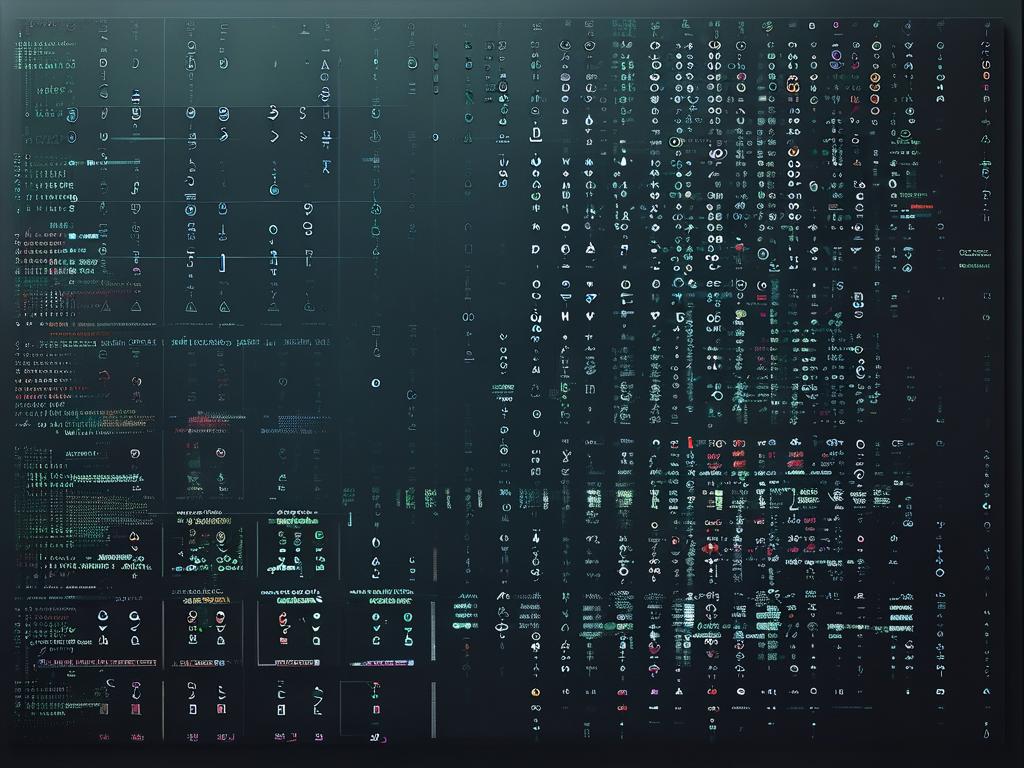In the realm of compiler design, symbols serve as foundational elements that bridge human-readable code and machine-executable instructions. These symbols—ranging from terminals and non-terminals to operators and identifiers—form the backbone of syntax analysis, semantic validation, and code generation. Understanding their roles and interactions is critical for developers aiming to grasp how compilers transform source code into functional programs.

The Anatomy of Symbols in Compiler Design
Symbols in compiler construction are categorized into two primary types: terminals (tokens) and non-terminals (abstract syntactic units). Terminals represent the smallest indivisible units of a programming language, such as keywords (if, while), operators (+, =), or literals (42, "text"). Non-terminals, on the other hand, define higher-level structures like expressions, statements, or function declarations. For example, a non-terminal 〈expression〉 might expand into a terminal 〈number〉 combined with an operator and another 〈expression〉.
A grammar rule in Backus-Naur Form (BNF) illustrates this relationship:
〈assignment〉 → 〈identifier〉 = 〈expression〉 ; Here, 〈identifier〉 and 〈expression〉 are non-terminals, while = and ; are terminals.
Symbol Tables and Context Management
During compilation, a symbol table acts as a dynamic repository for identifiers, tracking their attributes (e.g., data type, scope, memory address). Consider this code snippet:
int x = 10; float y = x * 3.14;
The symbol table entries for x and y would store their types (int, float), values, and memory offsets. This metadata enables the compiler to enforce type checking, detect undeclared variables, and optimize resource allocation.
Parsing and Ambiguity Resolution
Symbols also play a pivotal role in parsing algorithms. A shift-reduce parser, for instance, uses terminals to decide whether to shift (read the next token) or reduce (replace a non-terminal with a grammar rule). Ambiguities arise when multiple parse trees fit the same input—a classic example being the "dangling else" problem:
if (a) if (b) c(); else d(); Here, the else could pair with either if (a) or if (b). Context-free grammars (CFGs) resolve this by prioritizing the nearest unmatched if, a decision enforced through symbol precedence rules.
Code Generation and Optimization
In later stages, symbols guide code generation. For instance, intermediate representation (IR) code might use temporary symbols like t1 or t2 to store partial computation results:
t1 = x + 5
t2 = t1 * y
return t2 Optimization phases then eliminate redundant symbols or reorder operations without altering program semantics, leveraging symbol dependencies to enhance performance.
Challenges and Modern Applications
Modern compilers face challenges such as handling dynamically typed languages (e.g., Python) or integrating with JIT (just-in-time) compilation. Symbols in these contexts require flexible typing systems and runtime resolution mechanisms. Additionally, domain-specific languages (DSLs) often introduce custom symbols, demanding extensible parser generators like ANTLR or Yacc.
In , symbols in compiler design are far more than static entities—they orchestrate the translation of abstract logic into concrete execution. From lexical scanning to parallelized code optimization, their structured interplay ensures that compilers deliver both efficiency and accuracy, shaping the tools developers rely on daily.


